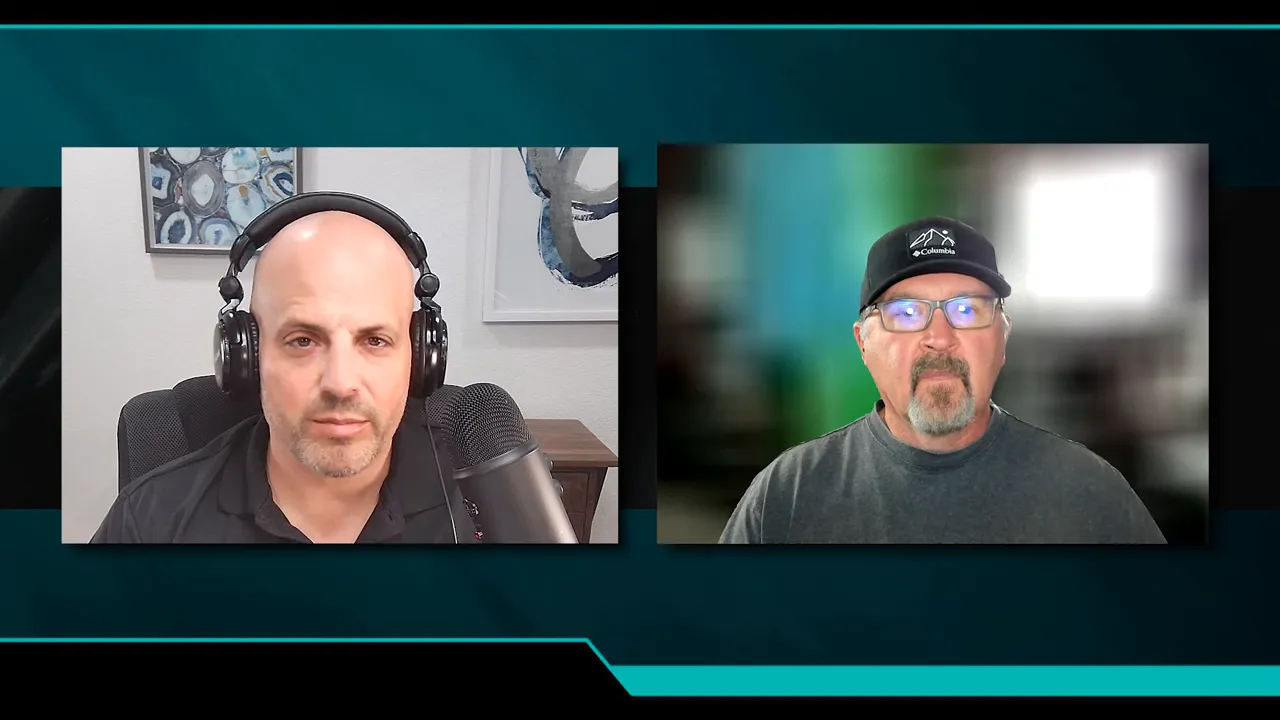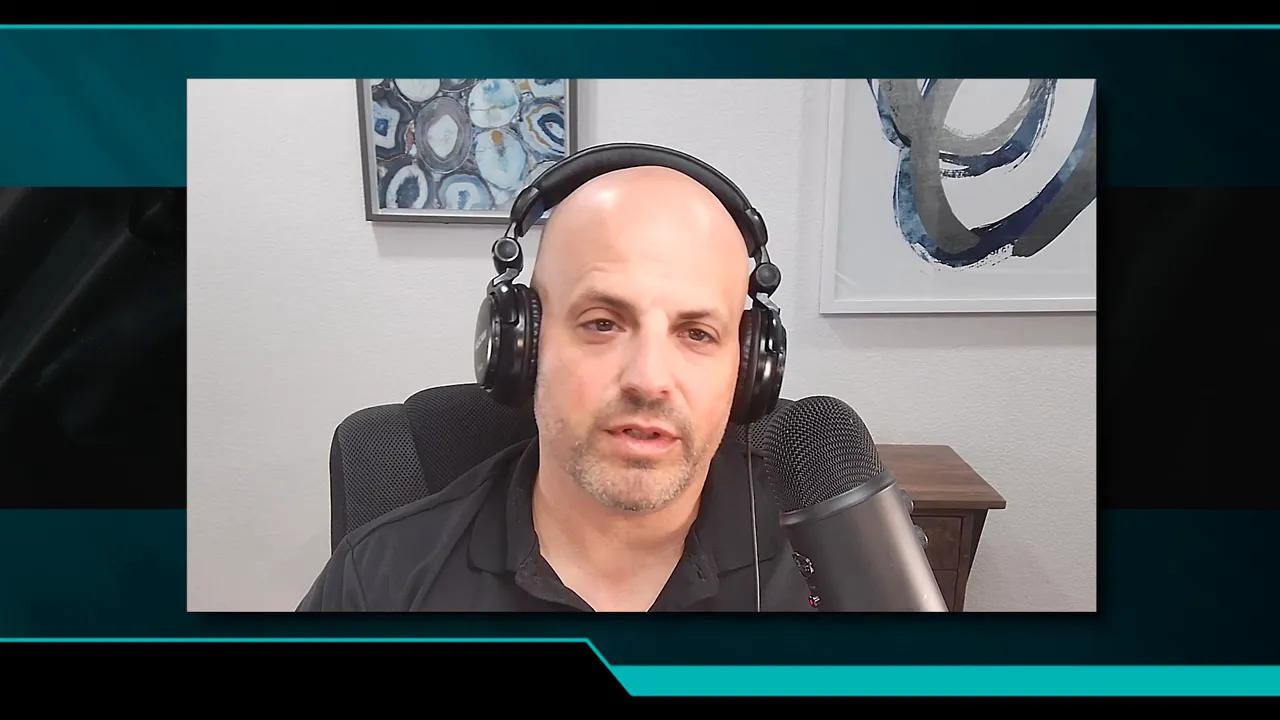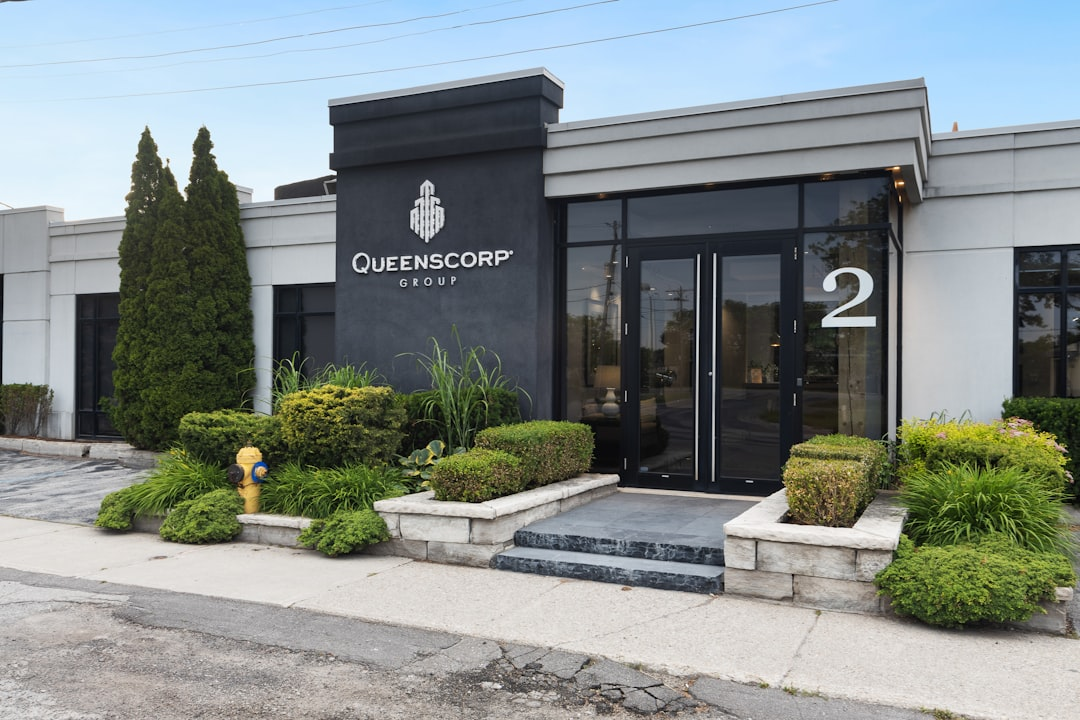Business Ownership Coach | Investor Financing Podcast is focused on practical financing choices for business owners ready to stop renting and start owning. If you are a CPA, small business owner, or entrepreneur evaluating whether an SBA 7a or an SBA 504 loan makes the most sense for buying an office building, this guide breaks down the differences in plain language and helps you choose based on goals, timelines, and cash flow.
Business Ownership Coach | Investor Financing Podcast believes the right loan depends less on a “one size fits all” answer and more on your specific plan: how long you intend to hold the property, whether you need working capital or equipment financing rolled in, and how sensitive you are to rates and prepayment flexibility.
How SBA 7a and SBA 504 Loans Are Structured

At a high level, these two SBA programs approach commercial property financing differently.
- SBA 7a is a single-loan solution, underwritten once by a lender. It is inherently more flexible: you can roll in funds for furniture, fixtures, equipment, and sometimes working capital or employee-related costs. Typical amortization for a 7a on commercial real estate is 25 years.
- SBA 504 is a two-part structure: a first mortgage from a bank and a second, long-term, fixed-rate piece from a Certified Development Company (CDC). The blended rate on a 504 often ends up lower than a 7a if you plan to hold the loan long term. The second piece usually amortizes over 25 years while the first can be 25 or 30 years depending on negotiation.
Business Ownership Coach | Investor Financing Podcast emphasizes that the choice often comes down to the trade-offs between flexibility, blended rate, and prepayment terms.
When SBA 7a Makes More Sense

Choose a 7a if any of the following apply:
- You want a single underwriting process. One application, one closing, and less coordination than a two-loan 504 structure.
- You need to include furniture, fixtures, equipment, or working capital in the loan. A 7a is much more flexible about rolling these costs into the mortgage.
- You expect to refinance in the near term. 7a prepayment penalties are generally shorter. Most 7a loans have a three-year prepayment window before penalties, whereas 504 loans can carry a 10-year declining prepayment penalty on the CDC second.
- You prefer a simpler path to ownership and speed to close. If getting out of a lease quickly is the priority, 7a often gets you there faster.
Business Ownership Coach | Investor Financing Podcast points out that many lenders will offer a 3- or 5-year fixed period on a commercial 7a, but most 7a structures are variable rate beyond that initial fixed window.
When SBA 504 Is the Better Choice

Photo by Frankie Cordoba on Unsplash
Consider a 504 if these priorities match yours:
- Long-term, fixed-rate stability. The CDC second provides a fixed-rate component that can lower your overall blended rate if you intend to hold the loan for many years.
- Lower long-term cost of capital. For long-hold strategies, the 504 often produces a lower overall rate than a 7a because of the fixed, subsidized second loan.
- Comfort with a two-lender closing process. The trade-off is higher coordination: a bank for the first mortgage and the CDC for the second. That adds complexity but can be worth it if rate stability is critical.
Business Ownership Coach | Investor Financing Podcast recommends 504 for owners who do not plan to refinance soon and prioritize predictable payments over immediate flexibility.
Key Practical Differences to Watch
Photo by Point3D Commercial Imaging Ltd. on Unsplash
Compare these items side by side when evaluating offers:
- Prepayment penalties: 7a typically has a shorter penalty period (commonly three years) while 504 seconds often have a 10-year declining prepayment schedule.
- Interest rate type: 7a loans are often variable, though fixed windows are available. 504 provides a fixed-rate second loan that helps stabilize monthly payments.
- Amortization: Expect 25 years for the 7a and 25 years for the 504 second. The first mortgage in a 504 can be 25 or 30 years depending on negotiation with the bank.
- Included costs: 7a is superior for rolling in FF&E and working capital. 504 focuses more specifically on real estate and fixed assets.
Business Ownership Coach | Investor Financing Podcast stresses that these line items determine short-term flexibility versus long-term savings.
How to Decide: A Simple Framework
Photo by Point3D Commercial Imaging Ltd. on Unsplash
Use this checklist to move from confusion to clarity:
- Define your hold period. Less than 3 to 5 years: favor 7a. Longer term: 504 often wins.
- List non-real estate needs. If you need equipment or working capital included, 7a is more flexible.
- Decide on rate tolerance. If a fixed long-term payment is critical, 504 provides better fixed-rate components.
- Consider cash flow and amortization. Compare monthly payments on both structures given each program's amortization terms.
- Factor in prepayment plans. If you expect to refinance soon, avoid a loan with a long prepayment penalty schedule.
Business Ownership Coach | Investor Financing Podcast recommends running hypothetical scenarios with both structures, then choosing the one that aligns with your timeline and working capital needs.

Next Steps and Resources
If you are actively shopping for an office building, take two actions now:
- Model both loan structures with your estimated purchase price, down payment, and desired amortization. Compare monthly payments, total interest over 5, 10, and 25 years, and prepayment exposure.
- Talk to a lender or advisor who understands both SBA 7a and 504 programs. A quick call that explains your goals will clarify which path leads to ownership with the least friction.
For owners who value guidance through the process, Business Ownership Coach | Investor Financing Podcast suggests booking a discovery call to walk through the 7a and 504 processes and find the bank or CDC structure that best matches your goals.
Final Thought
Owning your office can transform your business' balance sheet and control over space. The right loan is the one that matches your timeline, allows you to include the things you need, and keeps refinancing risk acceptable. Use the framework above and prioritize certainty around how long you intend to hold the building.
Business Ownership Coach | Investor Financing Podcast is here to help sort through the options and identify the path to ownership that fits your goals.


